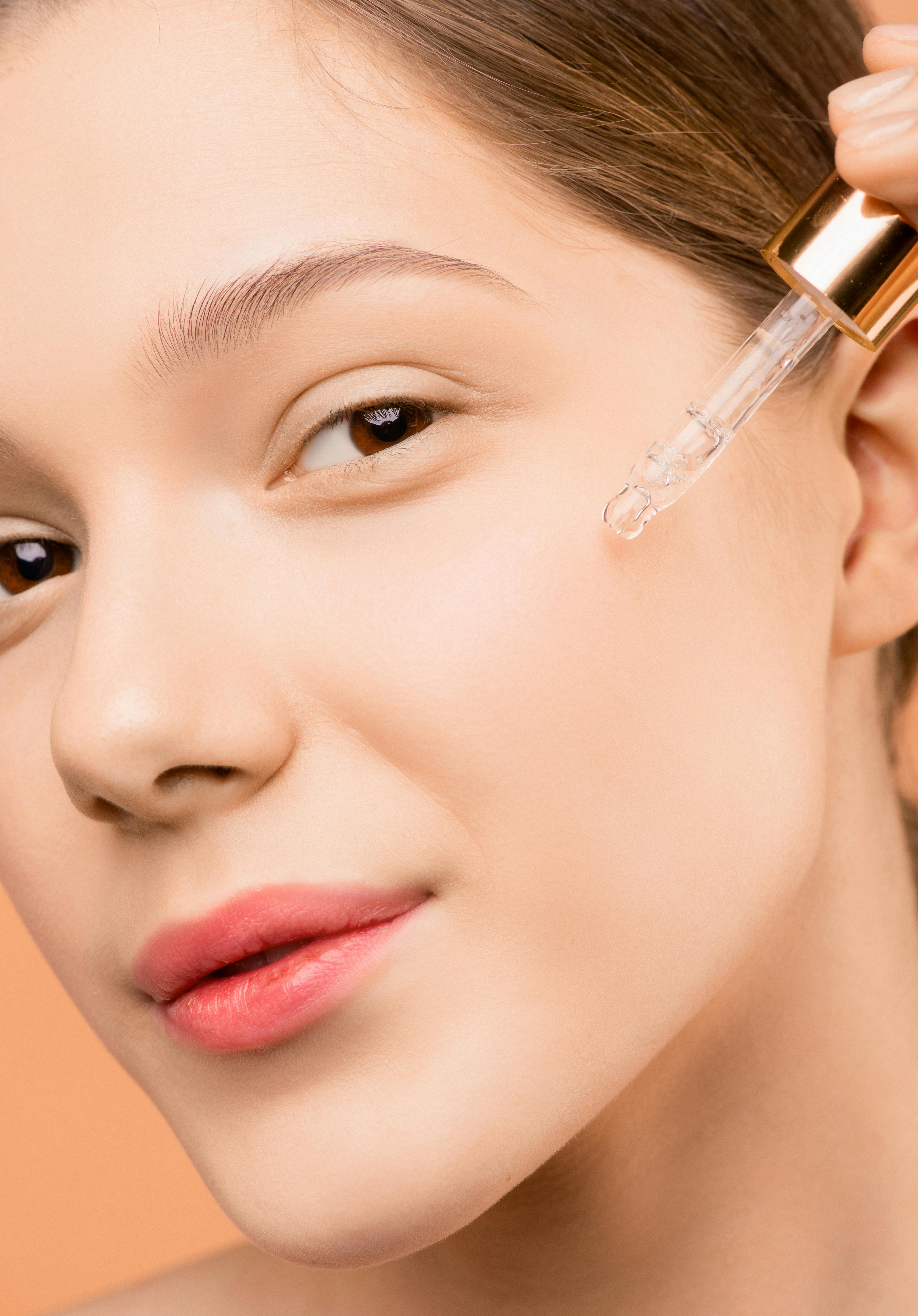Banishing Dark Circles: Secrets to Bright, Youthful Eyes
Dark circles under the eyes have plagued humanity for centuries, causing countless individuals to appear tired, stressed, or older than their years. These shadowy areas beneath the lower eyelids can be particularly frustrating, as they often persist despite adequate rest and a healthy lifestyle. While concealer and makeup can offer temporary camouflage, many seek more lasting solutions to this common cosmetic concern. The quest for bright, youthful-looking eyes has driven extensive research into the causes of dark circles and potential treatments. As our understanding of skin biology and aesthetics evolves, so too do the strategies for combating this age-old problem.

Historical Remedies and Cultural Perspectives
Throughout history, cultures worldwide have grappled with dark circles, developing unique remedies and beauty rituals. Ancient Egyptian women used kohl eyeliner not only for aesthetic purposes but also to protect their eyes from the harsh desert sun, inadvertently addressing one cause of dark circles. In Ayurvedic medicine, practitioners have long recommended applying cold cucumber slices or potato juice to the under-eye area, leveraging their natural astringent and brightening properties. These time-honored techniques hint at the enduring human desire for bright, vibrant eyes across diverse societies and eras.
Modern Skincare Innovations
Today’s skincare industry offers a plethora of products designed to combat dark circles. Eye creams and serums often contain ingredients like caffeine, which can constrict blood vessels and reduce puffiness, or vitamin K, known for its ability to improve circulation and diminish the appearance of dark pigmentation. Peptides and retinoids have gained popularity for their collagen-boosting properties, helping to thicken the delicate under-eye skin. Newer formulations incorporate cutting-edge ingredients like niacinamide and tranexamic acid, which target hyperpigmentation at the cellular level.
The Role of Diet and Lifestyle
While topical treatments can be effective, addressing dark circles often requires a holistic approach. Nutrition plays a crucial role in skin health, with certain vitamins and minerals particularly beneficial for the under-eye area. Foods rich in vitamin C, such as citrus fruits and bell peppers, support collagen production and can help strengthen the delicate skin around the eyes. Adequate hydration is essential, as dehydrated skin can exacerbate the appearance of dark circles. Sleep quality and duration also significantly impact the under-eye area, with proper rest allowing for cellular repair and reducing fluid retention that can contribute to puffiness and shadows.
Non-Invasive Professional Treatments
For those seeking more dramatic results, a range of non-invasive professional treatments have emerged. Chemical peels using gentle acids can help to lighten pigmentation and improve skin texture around the eyes. Microneedling, a procedure that creates tiny punctures in the skin to stimulate collagen production, has shown promise in thickening the under-eye area and reducing the visibility of blood vessels. More advanced options include laser treatments, which can target specific pigments or stimulate collagen synthesis, and dermal fillers, which can add volume to hollow areas that contribute to shadowing.
The Psychological Impact of Dark Circles
The effects of dark circles extend beyond mere aesthetics. Studies have shown that the appearance of tired or aged eyes can significantly impact an individual’s self-perception and social interactions. People with prominent dark circles often report feeling less confident and may be perceived by others as fatigued or unhealthy, even when they are well-rested. This psychological burden underscores the importance of addressing dark circles not just as a cosmetic issue, but as a factor in overall well-being and social dynamics.
Future Directions in Dark Circle Treatment
As our understanding of skin biology deepens, researchers continue to explore novel approaches to treating dark circles. Emerging technologies in the field of regenerative medicine, such as stem cell therapies and growth factor serums, hold promise for rejuvenating the under-eye area at a cellular level. Additionally, advancements in personalized skincare, utilizing genetic analysis and artificial intelligence, may soon allow for highly tailored treatment plans that address the unique causes of an individual’s dark circles.
In conclusion, the battle against dark circles under the eyes represents a fascinating intersection of biology, culture, and technology. From ancient remedies to cutting-edge skincare innovations, the quest for bright, youthful eyes continues to evolve. As we gain deeper insights into the complex factors contributing to this common concern, new and more effective solutions are likely to emerge, offering hope to those seeking to banish dark circles once and for all. The journey towards radiant, well-rested eyes is not just about vanity; it’s a testament to the enduring human desire for vitality and self-expression through our most expressive feature – our eyes.





